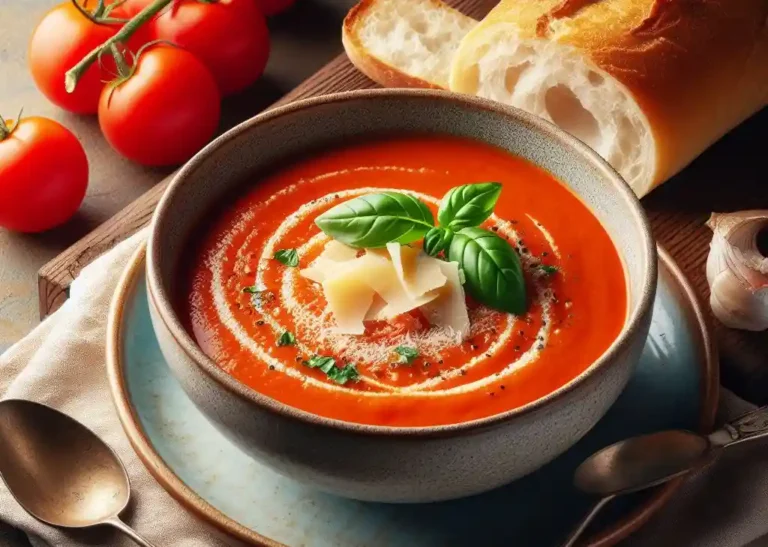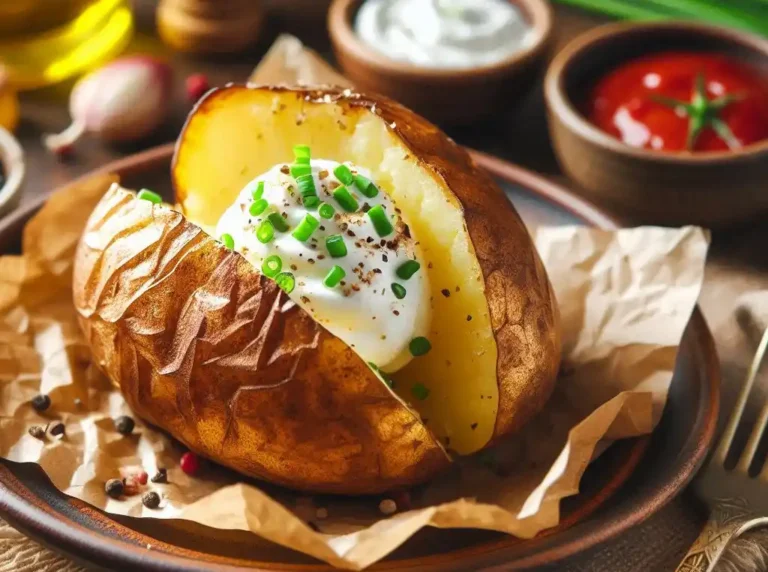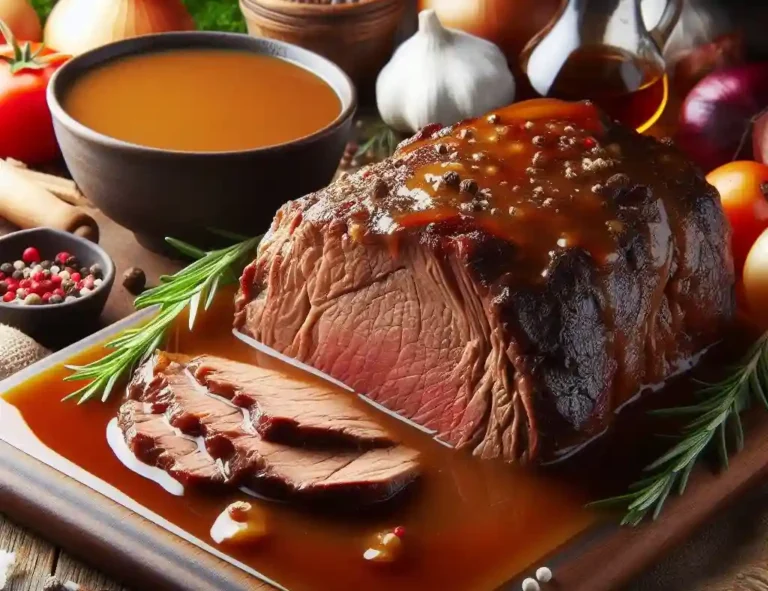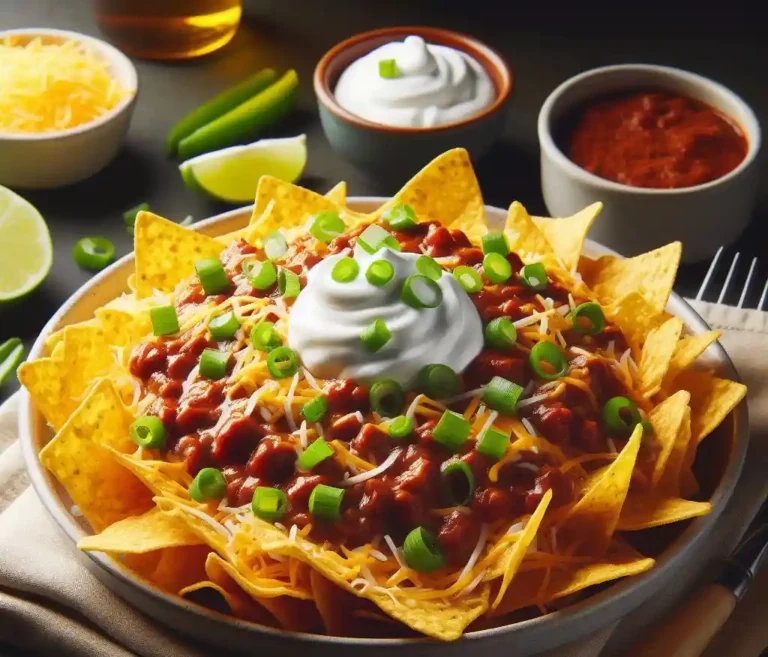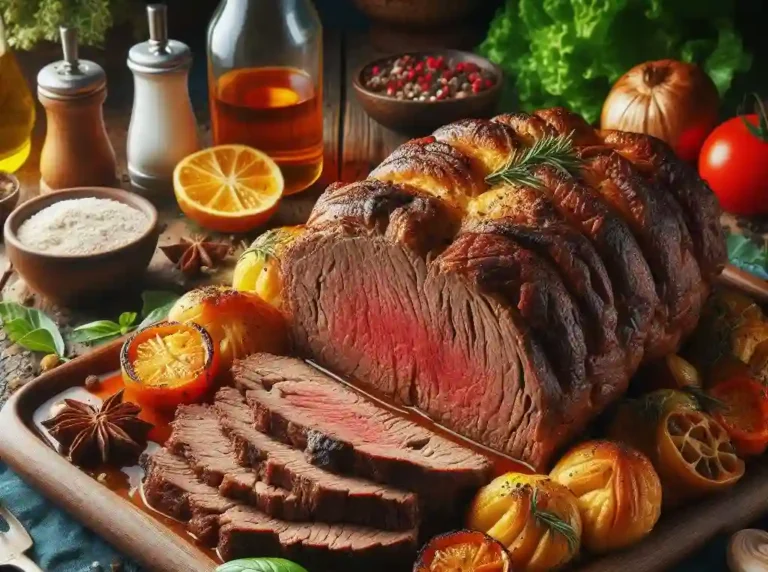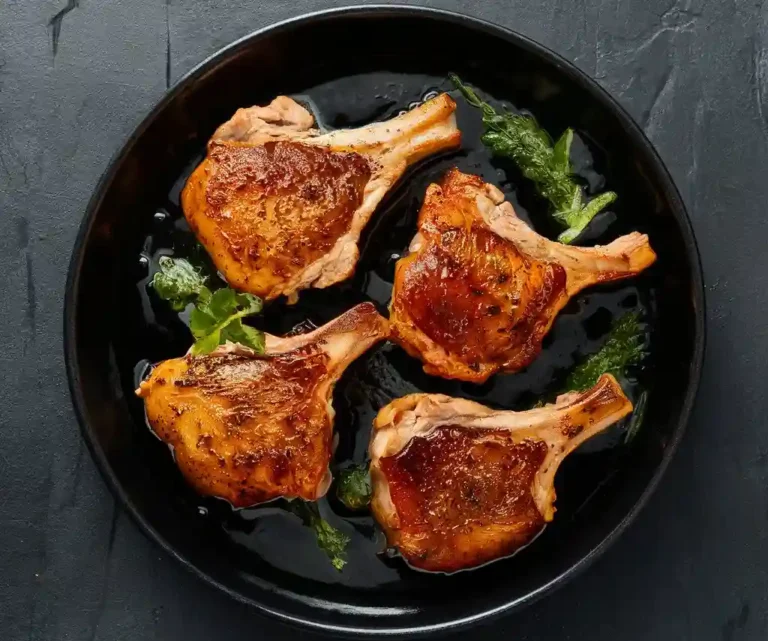How to Make Chocolate Bars from Cocoa Powder: A Guide to Flavor and Fun
In this post, we’ll guide you through the easy process of transforming cocoa powder into decadent, peanut butter-infused chocolate bars that will impress friends and family alike.
Making chocolate bars from scratch may seem like a daunting task, but with a few simple ingredients and some basic kitchen equipment, you can create your own delicious treats in the comfort of your own home.
Making Chocolate Bars from Cocoa Powder: A Quick Overview

Step 1: Gather Ingredients and Equipment
- Cocoa powder
- Sugar
- Milk powder (optional)
- Peanut butter (optional)
- Vanilla extract (optional)
- Confectioner’s glaze (optional)
- Double boiler or heatproof bowl
- Whisk or spatula
- Chocolate mold
Step 2: Mix Dry Ingredients
- Combine cocoa powder, sugar, and milk powder (if using) in a bowl
- Whisk until well combined and smooth
Step 3: Add Wet Ingredients
- Add peanut butter (if using) and vanilla extract (if using) to the dry ingredients
- Mix until smooth and creamy
Step 4: Conch and Temper
- Conch the mixture to develop the flavor and texture
- Temper the mixture to create a smooth and glossy finish
Step 5: Mold and Cool
- Pour the tempered mixture into a chocolate mold
- Tap and vibrate the mold to remove air bubbles
- Cool and set the chocolate bars
Step 6: Package and Store
- Package the chocolate bars in airtight containers or bags
- Store in a cool, dry place away from direct sunlight and heat sources
Tips and Variations
- Experiment with different flavors and ingredients to create unique chocolate bars
- Add nuts, dried fruits, or spices to create different flavor combinations
- Use different types of milk or sweeteners to create dairy-free or vegan chocolate bars
- Add a pinch of salt to balance the sweetness and flavor of the chocolate bars
Gather Your Ingredients: Essential Items for Making Chocolate Bars from Cocoa Powder

Ingredients:
- Cocoa powder: High-quality cocoa powder is the base of your chocolate bars
- Sugar: Granulated sugar adds sweetness and helps bind the mixture
- Milk powder: Optional, but adds a creamy flavor and texture
- Peanut butter: Creamy peanut butter adds a rich, nutty flavor
- Mix-ins (optional): Chopped nuts, dried fruits, spices, or other ingredients to customize your chocolate bars
Equipment:
- Double boiler or heatproof bowl: For melting and mixing the chocolate mixture
- Whisk or spatula: For blending and scraping the sides of the bowl
- Chocolate mold: To shape your chocolate bars into perfect rectangles
- Parchment paper or silicone mat: For lining the mold and easy removal
- Refrigerator: To chill and set the chocolate bars
The Science of Chocolate Making: Understanding Cocoa Powder and Its Role in Chocolate Production

What is Cocoa Powder?
- Dried and powdered cacao beans: Cocoa powder is made by drying and grinding cacao beans, the main ingredient in chocolate production
- High in antioxidants and flavonoids: Cocoa powder contains a rich source of antioxidants and flavonoids, which contribute to its distinct flavor and potential health benefits
The Role of Cocoa Powder in Chocolate Production
- Flavor and color: Cocoa powder provides the distinctive flavor and brown color to chocolate
- Emulsification: Cocoa powder helps to emulsify the mixture, binding the sugar, milk powder, and peanut butter together
- Texture: The starches in cocoa powder contribute to the smooth, velvety texture of chocolate
How Cocoa Powder Affects the Final Product
- Flavor profile: The type and quality of cocoa powder used can significantly impact the flavor profile of the final chocolate bars
- Color and appearance: The color and appearance of the chocolate bars can be influenced by the type of cocoa powder used
- Texture and mouthfeel: The starches and fat content in cocoa powder can affect the texture and mouthfeel of the final product
Mixing the Magic Happens – Combining Cocoa Powder, Sugar, and Milk Powder

The Dry Ingredients
- Cocoa powder: The base of your chocolate bars, providing flavor and color
- Sugar: Adds sweetness and helps bind the mixture together
- Milk powder (optional): Contributes to a creamy flavor and texture
Combining the Dry Ingredients
- Whisk or sift: Combine the dry ingredients in a bowl, whisking or sifting to ensure they’re well mixed and evenly distributed
- Break down lumps: Use a whisk or spatula to break down any lumps in the cocoa powder or sugar
- Uniform mixture: Continue mixing until the dry ingredients are fully incorporated and the mixture is uniform in color and texture
- Use room temperature ingredients: Ensure all ingredients are at room temperature to facilitate mixing and prevent lumps
- Avoid overmixing: Stop mixing once the ingredients are fully incorporated to prevent developing the starches in the cocoa powder
- Scrape the sides: Regularly scrape the sides of the bowl to ensure all ingredients are well incorporated
Adding Flavor and Texture: Introducing Nuts, Spices, and Other Delicious Mix-ins

Popular Mix-ins for Chocolate Bars
- Nuts: Chopped almonds, walnuts, hazelnuts, or pecans add crunch and flavor
- Spices: Cinnamon, cayenne pepper, or smoked paprika add depth and warmth
- Dried fruits: Cranberries, cherries, or raisins provide sweetness and chewiness
- Coconut flakes: Add a tropical flavor and satisfying crunch
- Sea salt: Enhances flavors and adds a touch of sophistication
Tips for Adding Mix-ins
- Choose complementary flavors: Select mix-ins that complement the flavor profile of your chocolate bars
- Balance textures: Combine crunchy, chewy, and smooth textures for a engaging eating experience
- Don’t overdo it: Start with a small amount of mix-ins and adjust to taste to avoid overpowering the chocolate
- Fold in gently: Fold in mix-ins gently to prevent breaking or crushing them
Other Delicious Mix-ins to Consider
- Candy pieces: M&M’s, chopped peanut butter cups, or crushed candy canes add fun and color
- Coffee or espresso: Add a mocha flavor and a boost of energy
- Orange or lemon zest: Incorporate bright, citrusy flavors into your chocolate bars
- Pretzels or crackers: Add a satisfying crunch and salty flavor contrast
Conching and Tempering: The Secret to Smooth, Glossy Chocolate Bars

Conching: Developing the Flavor and Texture
- What is conching?: Conching is the process of mixing and aerating the chocolate mixture to develop the flavor and texture
- Why conch?: Conching helps to:
- Develop the flavor: Break down the particles and release the flavors and aromas
- Improve the texture: Create a smooth, creamy, and velvety texture
- Remove bitterness: Reduce the bitterness and astringency of the cocoa powder
- Conching methods: There are two common conching methods:
- Mechanical conching: Using a machine to mix and aerate the chocolate mixture
- Hand conching: Mixing and aerating the chocolate mixture by hand using a spatula or whisk
Tempering: The Key to a Glossy Finish
- What is tempering?: Tempering is the process of heating and cooling the chocolate to create a stable crystal structure that gives the chocolate a smooth, glossy finish
- Why temper?: Tempering helps to:
- Create a smooth finish: Gives the chocolate a smooth, glossy finish
- Improve the snap: Creates a clean, sharp snap when the chocolate is broken
- Enhance the flavor: Brings out the flavors and aromas of the chocolate
- Tempering methods: There are two common tempering methods:
- Tabling: Heating and cooling the chocolate on a surface, such as a granite or marble table
- Seed tempering: Using a small amount of already-tempered chocolate to seed the rest of the chocolate mixture
Tips for Conching and Tempering
- Use high-quality chocolate: Start with high-quality chocolate to ensure the best flavor and texture
- Monitor the temperature: Keep the chocolate within the ideal temperature range (around 82°F to 90°F) for conching and tempering
- Don’t over-conch: Conch for the recommended time to avoid over-developing the flavor and texture
- Practice makes perfect: Tempering can take practice, so don’t be discouraged if it doesn’t turn out perfectly at first
Molding and Cooling: Shaping Your Chocolate Bars into Perfect Rectangles

Preparing the Molds
- Choose the right mold: Select a mold that is specifically designed for chocolate making, with a smooth, non-stick surface
- Prepare the mold: Ensure the mold is clean and dry, and lightly spray it with a release agent (such as cooking spray) to prevent the chocolate from sticking
- Line the mold: Line the mold with parchment paper or a silicone mat to ensure easy removal of the chocolate bars
Molding the Chocolate
- Pour the chocolate mixture: Pour the tempered chocolate mixture into the prepared mold, making sure to fill it to the top
- Tap and vibrate: Gently tap and vibrate the mold to remove any air bubbles and ensure the chocolate is evenly distributed
- Smooth the top: Use a spatula or offset spatula to smooth the top of the chocolate and remove any excess
Cooling and Setting
- Cool to room temperature: Allow the chocolate to cool to room temperature, undisturbed, to prevent blooming or cracking
- Refrigerate: Once cooled, refrigerate the chocolate bars for at least 30 minutes to set the chocolate
- Unmold and package: Once set, remove the chocolate bars from the mold and package them in airtight containers or bags to preserve freshness
Tips for Molding and Cooling
- Use a thermometer: Monitor the temperature of the chocolate and the mold to ensure optimal cooling and setting
- Avoid over-handling: Handle the chocolate bars gently and minimally to prevent blooming or cracking
- Store properly: Store the chocolate bars in an airtight container in a cool, dry place to preserve freshness and quality
Tips and Variations: Experimenting with Different Flavors and Ingredients

Flavor Variations
- Fruit and nut combinations: Try combining fruits like cranberries, cherries, or raspberries with nuts like almonds, walnuts, or pecans
- Spicy and smoky flavors: Add a kick to your chocolate bars with spicy ingredients like cayenne pepper or smoky flavors like smoked paprika
- Herbal and botanical flavors: Infuse your chocolate bars with herbal flavors like mint, basil, or lemongrass, or botanical flavors like rose petals or lavender
- Boozy additions: Soak raisins or cranberries in a liquor of your choice (like bourbon, rum, or Grand Marnier) and add them to your chocolate bars for a unique twist
Ingredient Variations
- Alternative milks: Use alternative milks like almond milk, soy milk, or coconut milk to create dairy-free or vegan chocolate bars
- Coconut sugar or honey: Replace granulated sugar with coconut sugar or honey for a different flavor profile
- Different types of cocoa powder: Experiment with different types of cocoa powder, like natural, Dutch-processed, or flavored cocoa powders
- Add-ins and mix-ins: Try adding different nuts, seeds, or dried fruits to create unique flavor combinations
Tips for Experimenting
- Start with small batches: Experiment with small batches to test new flavors and ingredients before scaling up
- Keep a flavor journal: Record your experiments and flavor combinations to refine your recipes and track your progress
- Don’t be afraid to fail: Experimentation is all about trying new things and learning from your mistakes
- Have fun: The most important thing is to have fun and enjoy the process of creating unique and delicious chocolate bars!
The Final Touches: Packaging and Storing Your Homemade Chocolate Bars

Packaging Options
- Cellophane bags: Place each chocolate bar in a cellophane bag and tie with a twist tie or ribbon
- Paper or foil wrappers: Wrap each chocolate bar in paper or foil wrappers for a more rustic or vintage look
- Gift boxes or tins: Package your chocolate bars in gift boxes or tins for a more premium or luxurious presentation
- Mason jars or containers: Store your chocolate bars in mason jars or containers for a more rustic or homespun look
Packaging Tips
- Use airtight containers: Ensure your packaging is airtight to preserve the freshness and quality of your chocolate bars
- Label and date: Label each package with the flavor, ingredients, and date made for easy identification
- Add a personal touch: Include a personalized note or card with each package for a more personal touch
- Consider the environment: Choose eco-friendly packaging options whenever possible to reduce waste and minimize environmental impact
Storing Your Chocolate Bars
- Cool, dry place: Store your chocolate bars in a cool, dry place away from direct sunlight and heat sources
- Airtight containers: Store your chocolate bars in airtight containers to preserve freshness and quality
- Refrigerate or freeze: Refrigerate or freeze your chocolate bars to extend their shelf life and preserve their quality
- Use within a reasonable time: Consume your chocolate bars within a reasonable time frame (e.g., 2-3 weeks) for optimal flavor and texture
Tips for Gifting
- Add a personal touch: Include a personalized note or card with each gift package
- Choose a unique flavor: Offer a unique or seasonal flavor to make your gift stand out
- Consider dietary restrictions: Offer dairy-free, gluten-free, or vegan options to accommodate different dietary needs
- Add a special touch: Include a small gift or memento with each package to make it more special and memorable
FAQs
Q: What type of cocoa powder should I use?
A: You can use natural or Dutch-processed cocoa powder, depending on your personal preference. Natural cocoa powder gives a more intense flavor, while Dutch-processed cocoa powder gives a milder flavor.
Q: Can I use milk instead of milk powder?
A: Yes, you can use milk instead of milk powder, but keep in mind that it will affect the texture and flavor of the chocolate bars. Milk powder helps to create a smoother and creamier texture.
Q: How long do homemade chocolate bars last?
A: Homemade chocolate bars can last for several weeks to a few months when stored properly in an airtight container in a cool, dry place.
Q: Can I add nuts or dried fruits to the chocolate mixture?
A: Yes, you can add nuts or dried fruits to the chocolate mixture to create different flavor combinations. Just be sure to adjust the amount of sugar and milk powder accordingly.
Q: How do I temper the chocolate mixture?
A: Tempering the chocolate mixture involves heating and cooling it to create a smooth and glossy finish. You can temper the chocolate mixture by heating it to around 105°F to 115°F, then cooling it to around 80°F to 85°F.
Q: Can I make dairy-free or vegan chocolate bars?
A: Yes, you can make dairy-free or vegan chocolate bars by using non-dairy milk and vegan-friendly sweeteners. You can also use dairy-free chocolate chips or cocoa nibs to create a dairy-free chocolate mixture.
Q: How do I package and store homemade chocolate bars?
A: You can package homemade chocolate bars in airtight containers or bags and store them in a cool, dry place away from direct sunlight and heat sources.

Amelia Winthrop is the creative force behind Skillful Cooking, a blog that serves as a canvas for her culinary creations. With a philosophy that cooking should be accessible and enjoyable, Amelia crafts recipes that blend simplicity with sophistication. Her intuitive approach to the kitchen encourages others to embrace the joy of cooking and the pleasure of sharing meals with loved ones.


